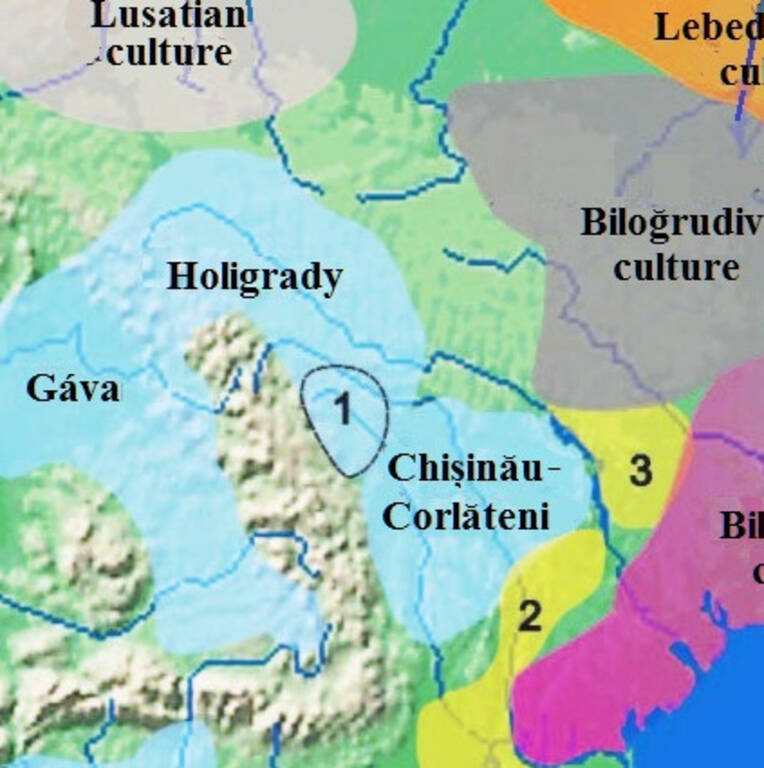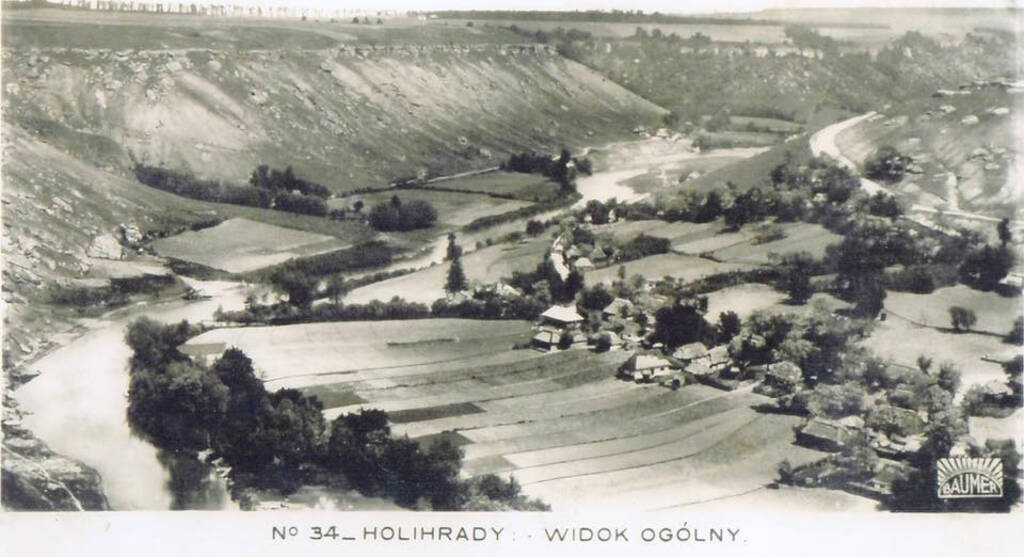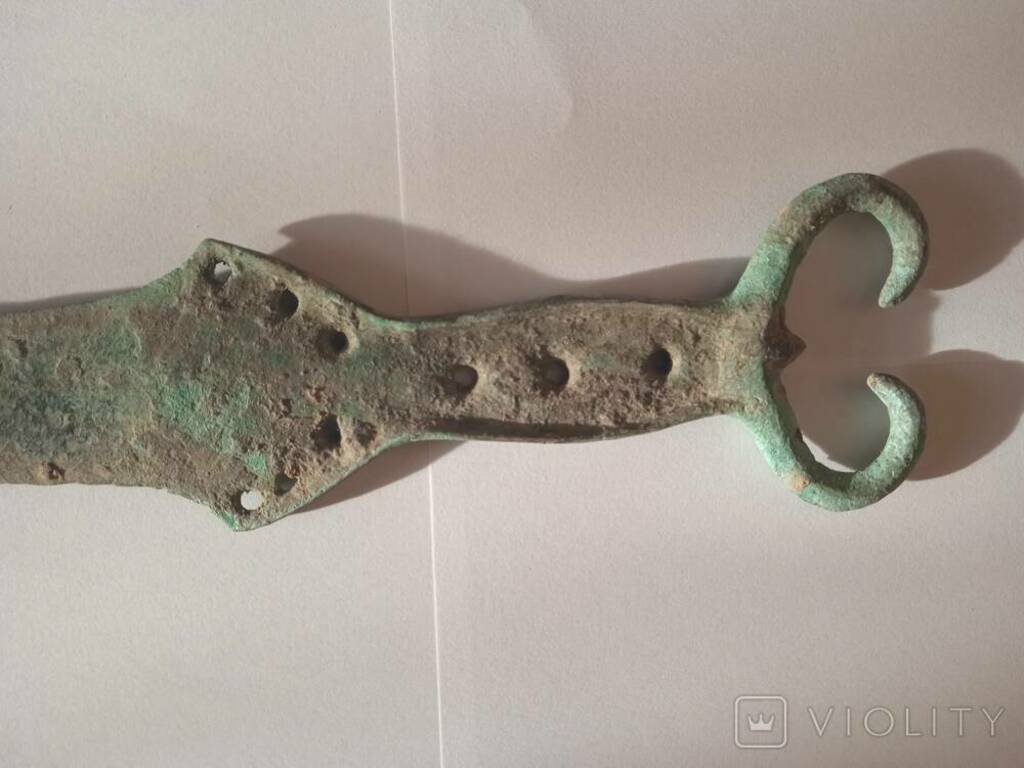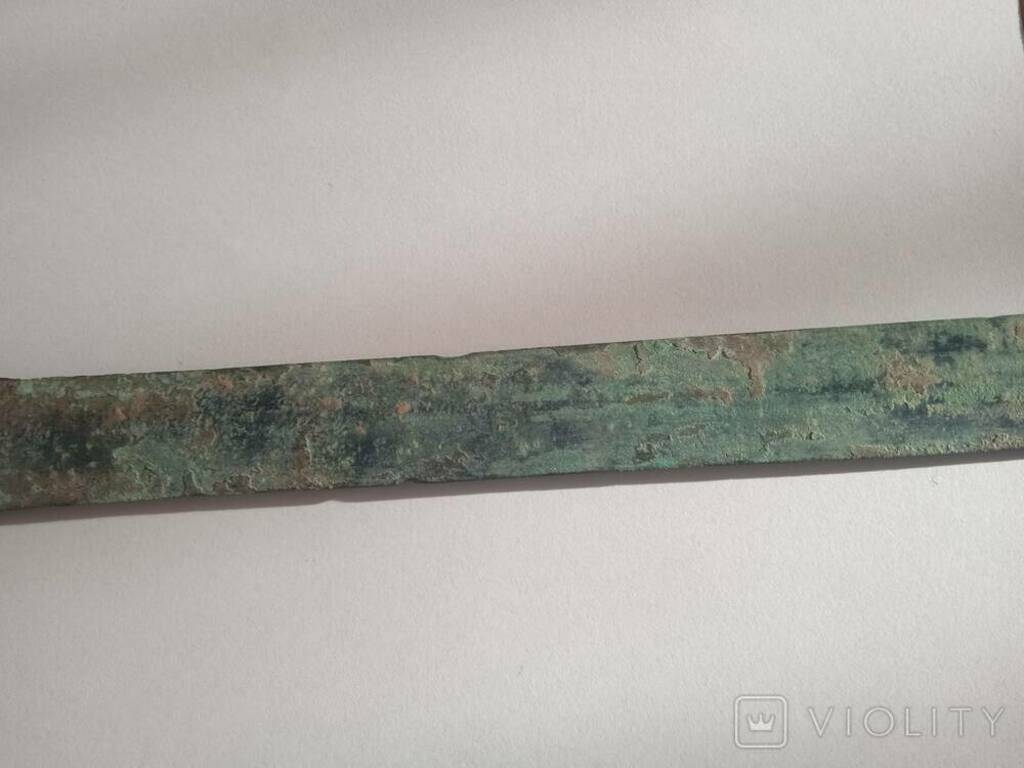
Dear readers. Protecting the territory of our country is the main task of every conscious citizen. And for this you need weapons of the highest quality. So it was 3000 years ago. We present you a bronze sword of the late stage of the Gáva-Holigrady culture in the Dniester region, dated 10-9 centuries BC. demonstrated on Violity about 2 years ago.  The sword was attributed to a famous scientist, an outstanding specialist in ancient weapons, Professor V.I. Klochko.
The sword was attributed to a famous scientist, an outstanding specialist in ancient weapons, Professor V.I. Klochko.  He has been actively involved in the discussion of the artifacts of ancient weapons presented on Violity for many years.
He has been actively involved in the discussion of the artifacts of ancient weapons presented on Violity for many years.

Violity.com

Violity.com

Gáva-Holigrady culture
The map shows the area of the Gáva-Holigrady culture in the period corresponding in time to the presented artifact. The culture occupied the territory of the Hungarian Plain, Transylvania, Transcarpathia, the Carpathians and the upper basin of the Dniester River. Hence the double name (Gava is an archaeological site in Hungary, Holigrady is a village in the Ternopil region, in the photo below).

Holigrady is a village in the Ternopil region
Culture is a peripheral element of a larger cultural community - the culture of the Urn Burial Fields. The formation of Gáva-Holigrady culture took place in the middle of the 13th century BC, when, due to climatic changes, the cultural landscape of Europe underwent fundamental changes. Previous cultures less warlike and less skilled in the manufacture of weapons (such as Noua in the Ukraine or Terramare in Italy) were forced out of their areas. The spread of cultures around the circle of burial fields led to a significant displacement of the population of Europe and caused a phenomenon known as the crisis of the Bronze Age, which led to the death of the Mycenaean civilization, the Hittite kingdom and other civilizations of the Mediterranean and Western Asia.

The picture above represents a schematic settlement of the Gáva-Holigrady culture. Representatives of this culture lived in fortified settlements, designed for one family or clan, as well as in large fort settlements, which were the prototype of administrative centers. And judging by the surviving weapons, they were able to defend themselves. This made it possible to survive the dark ages of European history at the turn of the 2nd and 1st millennia, when many former powerful European states and cultural centers lay in ruins.

Violity.com

Violity.com

Violity.com

Violity.com

Violity.com

Violity.com
